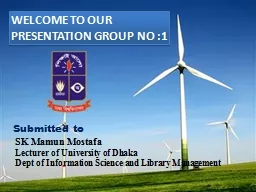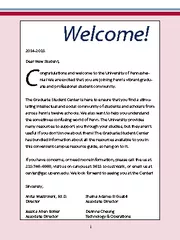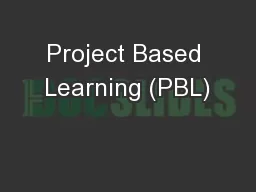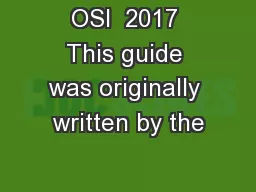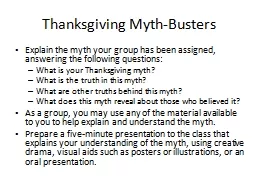PPT-WELCOME TO OUR PRESENTATION GROUP NO :1
Author : myesha-ticknor | Published Date : 2018-10-29
Submitted to SK Mamun Mostafa Lecturer of University of Dhaka Dept of Information Science and Library Management Our presentation topics on Union Catalogue
Presentation Embed Code
Download Presentation
Download Presentation The PPT/PDF document "WELCOME TO OUR PRESENTATION GROUP NO :1" is the property of its rightful owner. Permission is granted to download and print the materials on this website for personal, non-commercial use only, and to display it on your personal computer provided you do not modify the materials and that you retain all copyright notices contained in the materials. By downloading content from our website, you accept the terms of this agreement.
WELCOME TO OUR PRESENTATION GROUP NO :1: Transcript
Download Rules Of Document
"WELCOME TO OUR PRESENTATION GROUP NO :1"The content belongs to its owner. You may download and print it for personal use, without modification, and keep all copyright notices. By downloading, you agree to these terms.
Related Documents

